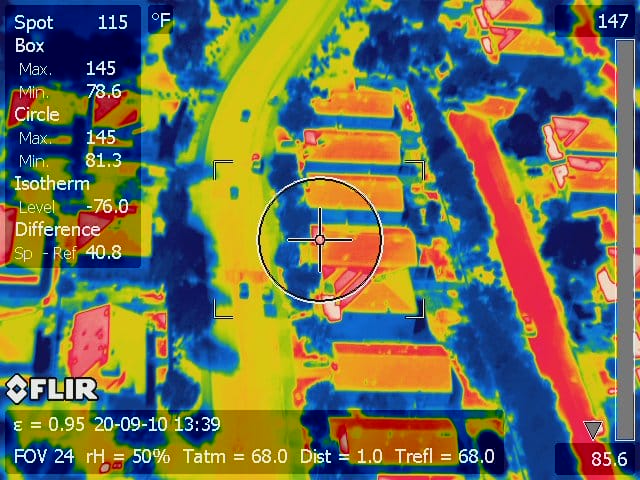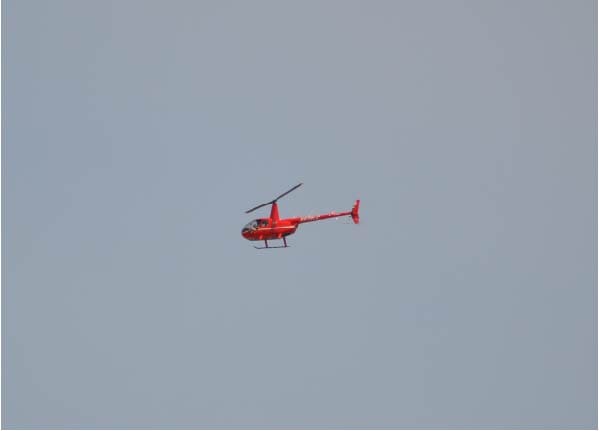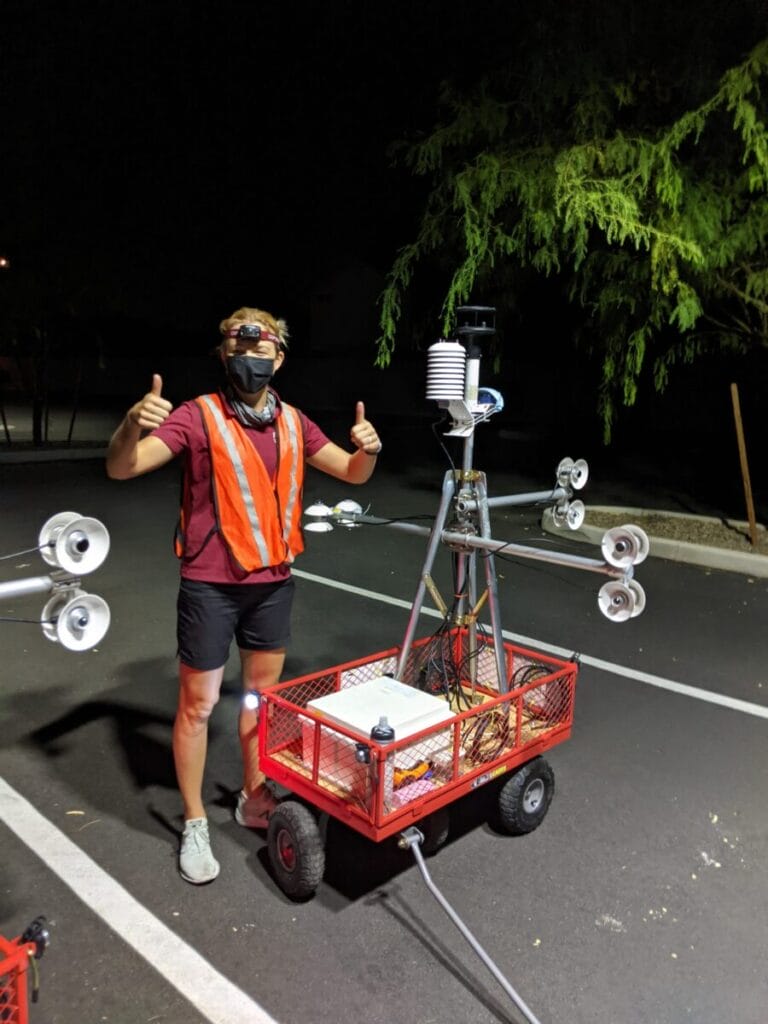This summer the City of Phoenix has been experimenting with a cool-seal product that replaces the traditional very dark seal coat that is applied to streets every 3-5 years with a more solar-reflective coating that holds promise for cooling the city. ASU’s Urban Climate Research Center has been partnering with the city to evaluate the thermal effects in neighborhoods where the technology has been deployed. We have conducted 3 intensive monitoring campaigns this summer using cart-based (MaRTy Cart) mean radiant temperature measurements, car-based air and surface temperature traverse measurements, and helicopter-based thermography. We are also tracking subsurface temperature and pavement thermal storage as well as the evolution of the seal-coat radiative properties. With much of the data now in hand, we turn to the task of analyzing the results. Thanks to the many students and faculty who gave up sleep (measurements starting at 4am) and sweat (peak temps > 110F) to make this happen!



